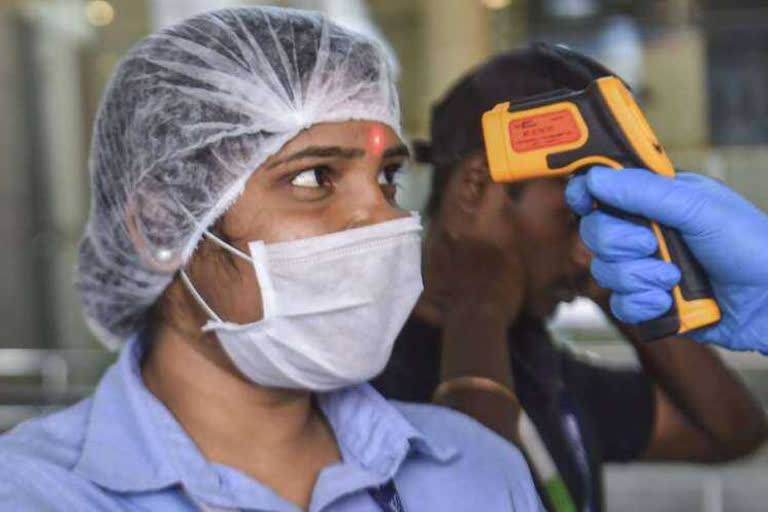Hyderabad: Web-based surveillance of the global spread of SARS-CoV-2 during the first 11 weeks of the outbreak reveals that three-quarters of affected countries outside mainland China reported their first COVID-19 case in people who had recently travelled to an affected country.
According to new research published in The Lancet Infectious Diseases journal, almost two-thirds of these first cases linked to travel to Italy (27%), China (22%), or Iran (11%).
Dr Fatimah Dawood from the Centers for Disease Control and Prevention (CDC), USA, who co-led the research said, "Our findings suggest that travel from just a few countries with substantial SARS-CoV-2 transmission may have seeded additional outbreaks around the world before the characterisation of COVID-19 as a pandemic on March 11, 2020."
The study is the first of its kind to use publicly available global case data to describe travel exposure and case cluster characteristics among early COVID-19 cases in different countries.
However, the authors caution that given almost all cases in the analysis were reported in middle-income and high-income countries from Asia and Europe (due to late detection in other regions), they were unable to draw a complete picture of COVID-19's early global epidemiology.
Read: India has lowest Covid-19 cases per million in world: WHO
In this study, researchers examined publicly available online reports from national ministries of health and other government agency websites, social media feeds, and press releases on a daily basis to identify newly confirmed cases of COVID-19 reported between Dec 31, 2019, and March 10, 2020, during the pre-pandemic period.
Countries with at least one case were classified as affected. Early cases were defined as the first 100 cases reported in each country, and later cases as those after the first 100 cases. The researchers analysed travel history for the first case reported in each country outside mainland China, case characteristics and cluster frequencies and sizes.
The analysis found that the travel history of the first reported case in each affected country varied by world region.
Travel to Italy was linked with half (3/6 cases) of the first-reported cases in Africa, and over a third (36%, 16/45) in Europe and the Americas (38%, 5/13).
Travel to mainland China accounted for 83% (10/12) of the first reported cases in the Western Pacific and over half (57%, 4/7) in Southeast Asia.
Seven (44%) first-reported cases in the Eastern Mediterranean region had a history of travel to Iran.
Among 1,200 cases from 68 countries with age or sex information available, 874 (73%) were early cases, with an average age of 51 years. Just 3% of cases (25/762 with age information available) occurred in children younger than 18 years. In total, 2% (21/1,200) of early cases occurred in health-care workers.
Read: No return to old normal for foreseeable future: WHO
"The epidemiology of COVID-19 in low-income countries and in Africa could differ, as reported in previous influenza pandemics, and accurate data from these settings will be needed to assess the full global effect of the COVID-19 pandemic", said Dr Dawood.
The analysis also highlights the relatively late detection of COVID-19 in Africa, with only 6 out of 46 (13%) countries studied in the region reporting cases by the time WHO characterised the outbreak a pandemic on March 11, 2020.
This compares with a third (13/35) of countries in the Americas and the majority of countries in Europe (45/54, 83%), Eastern Mediterranean (16/23, 70%), and Southeast Asia (7/11, 64%).
However, much remains unknown about COVID-19, including how its epidemiology will evolve in the context of more widespread community transmission.
The effect of community mitigation measures on the spread, risk factors for severe disease, how risk factors and severe outcomes might vary between low-resource and high-resource settings, the effect of COVID-19 on vulnerable populations, and the economic and social effects of the virus.
Also Read: Global COVID-19 infections surpass 14 million: WHO




